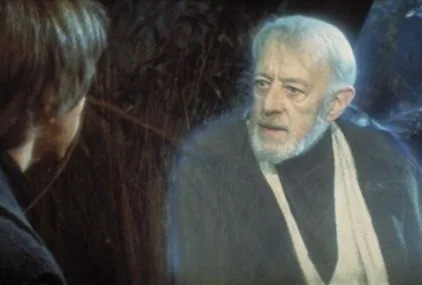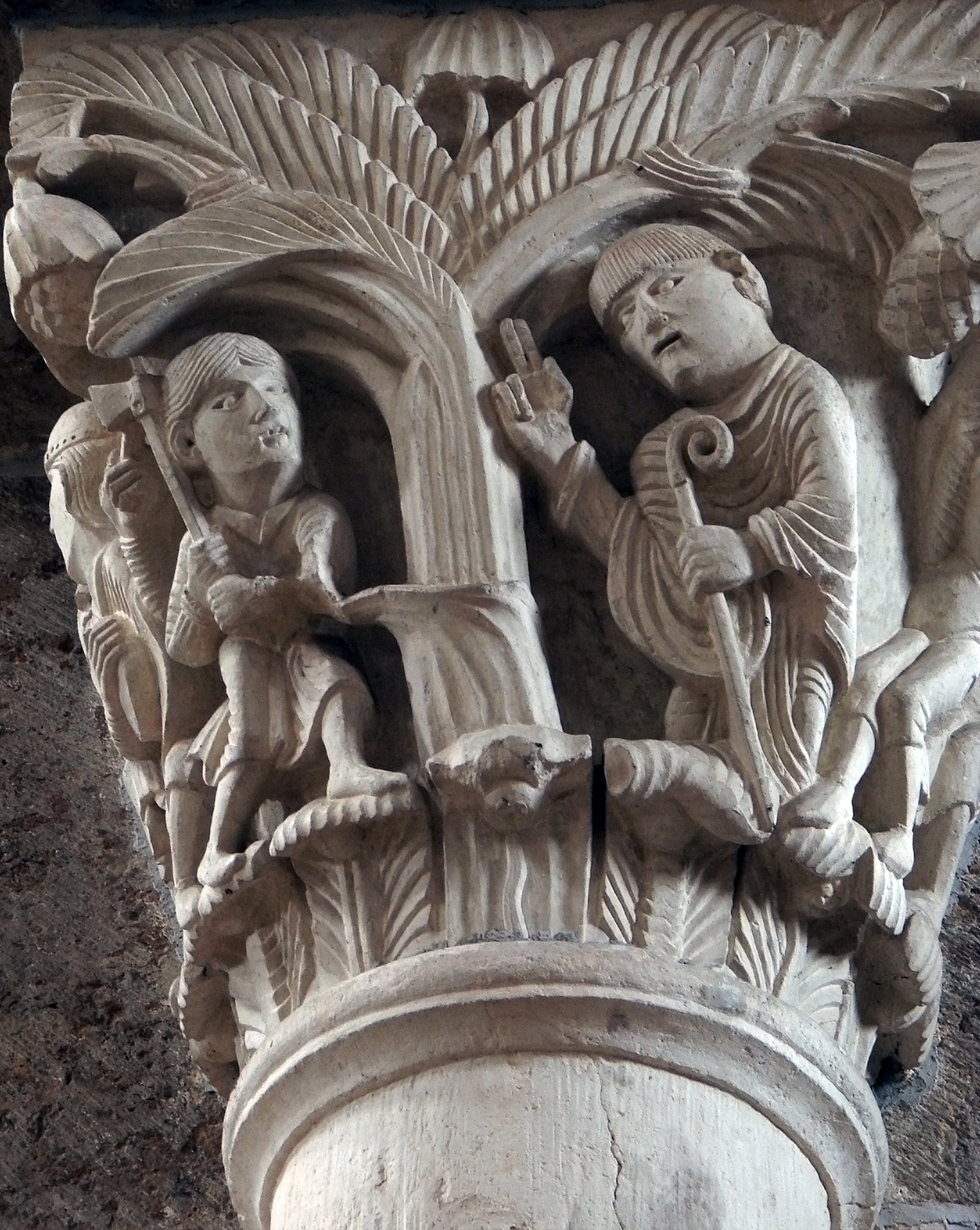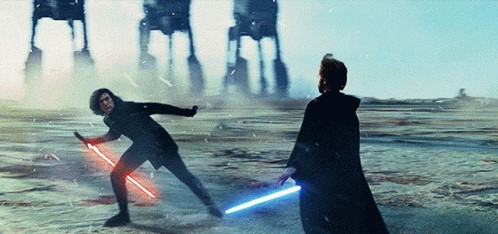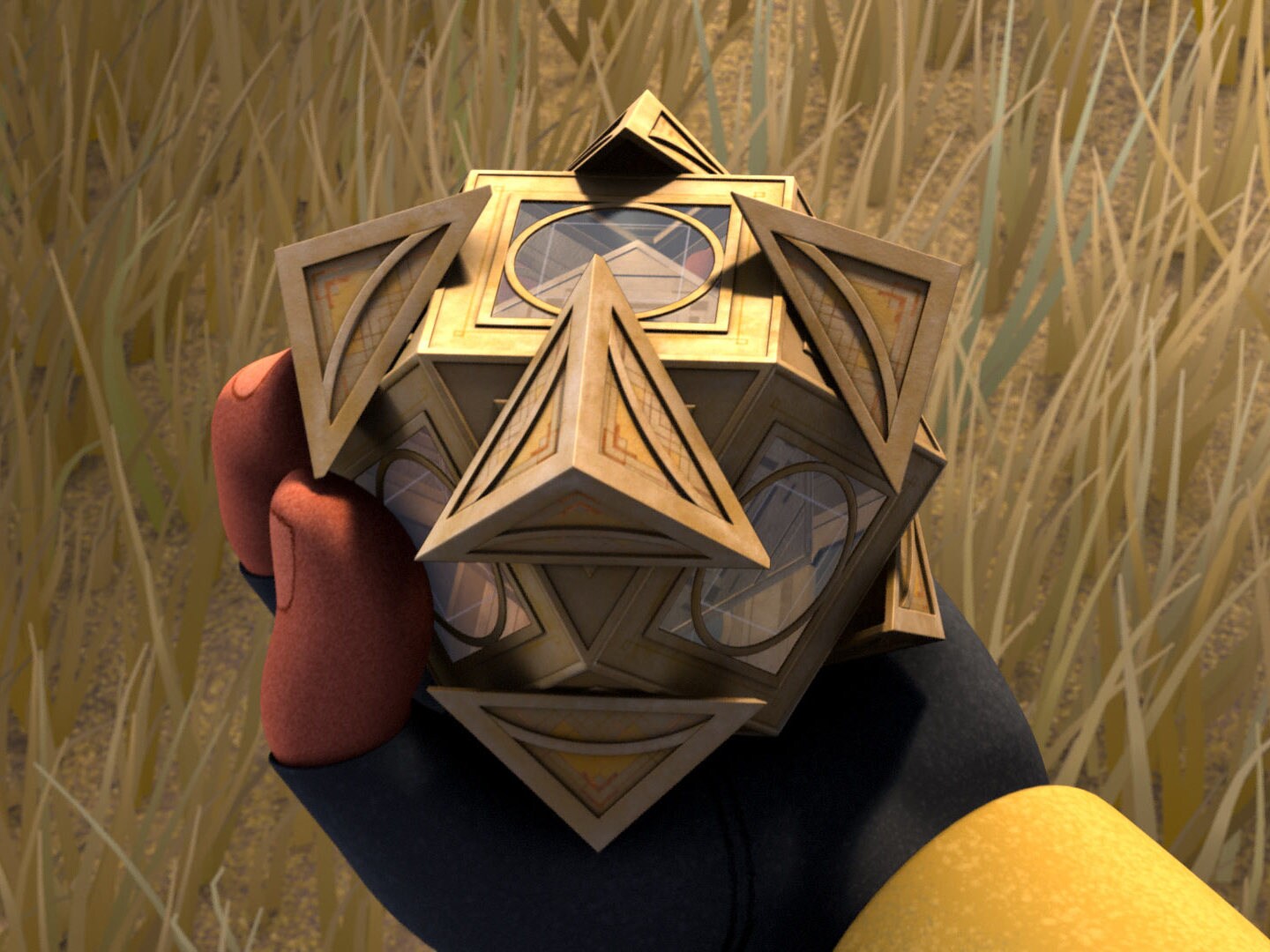The Gospel in a Galaxy Far, Far Away: Christian Influences on the Star Wars Franchise (Joshua Workman)
21 February 2025
While the ‘Creator’ of the Start Wars Universe, George Lucas, has loosely described himself as a ‘Methodist Buddhist’, Christianity’s influence on the franchise is hard to miss or to deny. This guide is not designed to be exhaustive, nor does it strive to create a single narrative. Instead I will draw out certain themes: the Christian interpretation of the Devil will be presented through Emperor Palpatine’s manipulation of Anakin Skywalker and through Anakin himself, rather than ascribing to one interpretation over the other. The saints, their miracles, and their portrayal will be compared to the abilities of Force users. Furthermore, the rise and downfall of the Knights Templar will be correlated with that of the Jedi Order. Palpatine’s scheming in the shadows of the Republic will be explored in relation to the Devil’s own efforts.
One constant theme throughout Christianity and Star Wars is the battle between light and dark, representing good and evil. However, as we uncover the parallels, consider whether that duality holds true—or whether those lines are blurred across heaven, hell, and a galaxy far, far away…

you will escape all injury.’
The following examples will present how the reverence of saints and the tales of their miracles align with the mystique and legend of the Force-wielding Jedi. St. Martin of Tours avoided a falling tree as a sign of the superior power of God over paganism. This is mirrored by Luke Skywalker effortlessly dodging the enraged attacks of Kylo Ren, displaying the superiority of the light side of the Force over the dark. The power of saints such as St. Rainer of Arezzo was said to heal a man with a broken arm, just as Rey heals Kylo Ren in The Rise of Skywalker. Robert Bartlett notes how ‘dead saints could communicate with the living’; St. Cuthbert, in particular, conveyed ‘allusive’ visions of the future. Similarly, Force ghosts appear in Star Wars to guide heroes—most notably Obi-Wan Kenobi, who speaks cryptically to Luke about the true story of his father.
Saints and Jedi also had an affinity with animals. St. Marianus of Auxerre fed birds from his hand, saved boars, and banished a bear that threatened his herd. Likewise, Anakin calms the Reek beast that was sent to kill him during the gladiatorial execution on Geonosis. St. Patrick famously banished all the snakes from Ireland—a story that bears a striking resemblance to Star Wars’ in-universe deity known as ‘Father’.The Mortis gods provide an overt example of Christian influence. Their imagery is presented in a saintly manner, as seen in the comparison with St. Simon, St. Jude, and St. Margaret of Antioch. The halos around their heads, coupled with the representation of the Christian symbolism of the number three—Father, Son, and Daughter—provide balance in the Force, just as the Father, Son, and Holy Spirit comprise the harmony and balance of Christian doctrine. Bartlett states that ‘God was the author of miracles, not the saints themselves’, just as Kenobi explains that the ‘Force is what gives a Jedi his power’.
Knowledge and power are not only exhibited through the Jedi and saints themselves but also imbued into physical objects. Relics, usually a body part of a dead saint, ‘bestowed honour and privileges upon the possessor’, as explained by Barbara Drake Boehm. These relics were housed in reliquaries—precious containers embellished with gold and jewels—such as St. Thomas Becket’s reliquary casket. In Star Wars, holocrons function as reliquaries, containing secret knowledge of the Force. For instance, Ezra Bridger unlocks one with the Force, gaining an advantage as the fledgling rebels begin their fight against the overwhelming Empire. Moreover, Becket’s casket details his martyrdom, slain by four knights on the supposed orders of King Henry II. Parallels can be drawn to the Mandalorian Vault, which—though not a reliquary—similarly serves as a sacred space, this time imprisoning Darth Maul after his despotic rule over Mandalore.

The Jedi Order also resembles the Catholic Church. An obvious comparison is the fragile balance of bureaucracy and mistrust between the Jedi and the Republic on Coruscant and the Vatican and secular authorities in Rome. More specifically, the Jedi can be interpreted as the Catholic military order of the Knights Templar. Both orders were led by a ‘Grand Master’—most notably Yoda for the Jedi and Hugues de Payens for the Templars—and composed of knights. Like the Jedi, the Templars swore to give up emotional attachments and possessions to uphold their ideals. Peter Konieczny describes how Templar Knights would ‘renounce the world, give up personal goods, free themselves to pursue purity, and lead a communal life’. It is difficult to believe that the Knights Templar were not a direct influence on Lucas. Liam Neeson illustrates the similarity through his portrayals of both a Templar Knight, Barisan of Ibelin, in Kingdom of Heaven and Jedi Knight Qui-Gon Jinn.
Moreover, both orders were suspected of supernatural abilities. Jedi ‘mind tricks’ were well known and used to influence the decisions of others. Similarly, Peter Partner and Heinrich Cornelius Agrippa describe how the Knights Templar were accused of ‘forbidden magical practices’ and being ‘engaged in black magic’. Both orders suffered parallel demises. Clarence Perkins explains how Philip IV, Edward II, and Pope Clement V issued sealed writs ordering the arrests of all Templars, taking every precaution to prevent suspicion from leaking before their eventual executions. This resembles the Jedi Purge, in which Palpatine’s ‘Order 66’ instructs the execution of the Jedi across the entire galaxy.
Palpatine’s secretive manoeuvring as the elusive Sith Lord while also serving as head of the Republic resonates with the Christian depiction of the Devil and demons. Euan Cameron argues that the reformist Martin Luther was ‘convinced that the devil was actually occupying, controlling, and directing the Catholic Church’—just as Palpatine controlled the Republic. This idea is echoed by Kosztka’s painting below, in which a mirror at the centre reveals a duality of man and Devil. Furthermore, Thomas Aquinas explains how people would give themselves over to demons, serving them in return for knowledge—just as Anakin submits himself to Palpatine.

The Christian symbolism of light and dark permeates the Bible: ‘And this is the condemnation, that the light has come into the world, and men loved darkness rather than light, because their deeds were evil. For everyone practicing evil hates the light and does not come to the light, lest his deeds should be exposed.’ (John 3:19–20). Throughout Star Wars, Palpatine is clad in red and black, and he conceals himself beneath a hooded robe whenever he appears as the Sith Lord—reinforcing his role as a figure of deception and darkness.
Furthermore, the conflict between light and dark is visually represented in Anakin and Obi-Wan’s final interactions. The last time they speak before Anakin becomes Darth Vader, Obi-Wan stands in the light while Anakin remains in the shadows. When they meet on Mustafar, Obi-Wan is dressed in light robes, whereas Anakin’s are dark. Maffei’s painting of Michael delivering a decisive blow to his fallen brother Lucifer strikingly resembles Obi-Wan’s dismemberment of his fallen brother and former padawan, Anakin—as light once again vanquishes the dark.
As presented in this guide, the Star Wars universe may be observed as an allegory for Christianity and its interpretation of the supernatural. The abilities of the Jedi mirror those of the saints, both bound by their faith—whether in God or the Force. The parallels between relics and holocrons, the downfall of the Knights Templar and the Jedi Order, and Anakin’s fall to the dark side all reinforce Star Wars as a continuation of Christianity’s age-old struggle between good and evil. By comparing classical paintings, sculptures, tapestries, and stained glass with modern Star Wars media, we connect the past to the present—demonstrating how the themes of faith, power, and morality remain timeless.